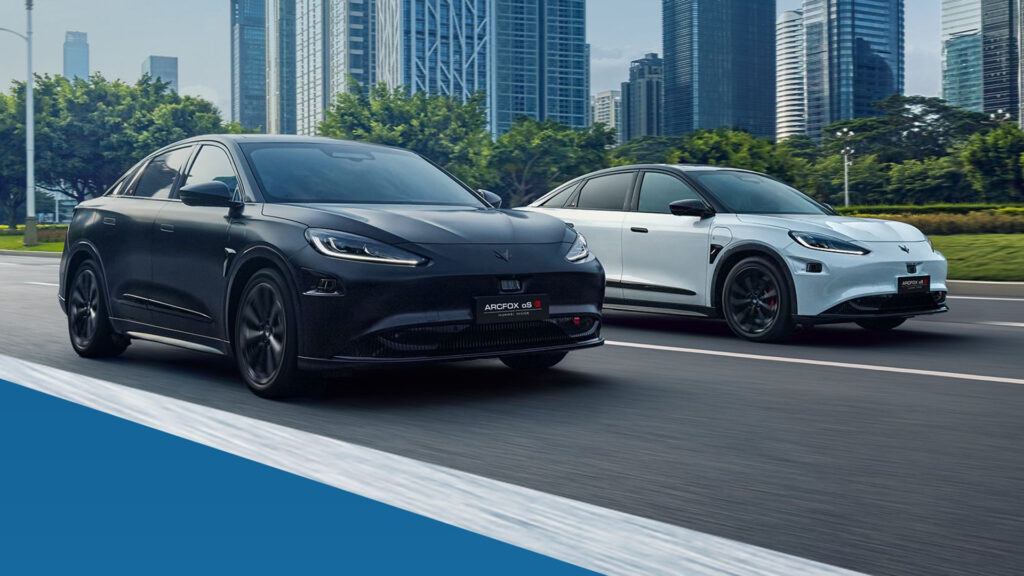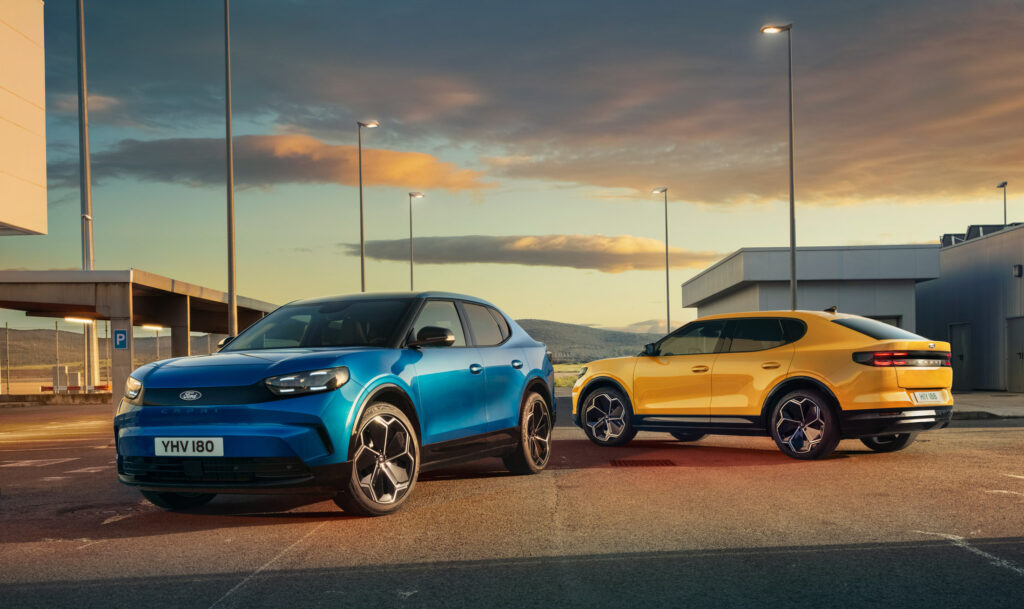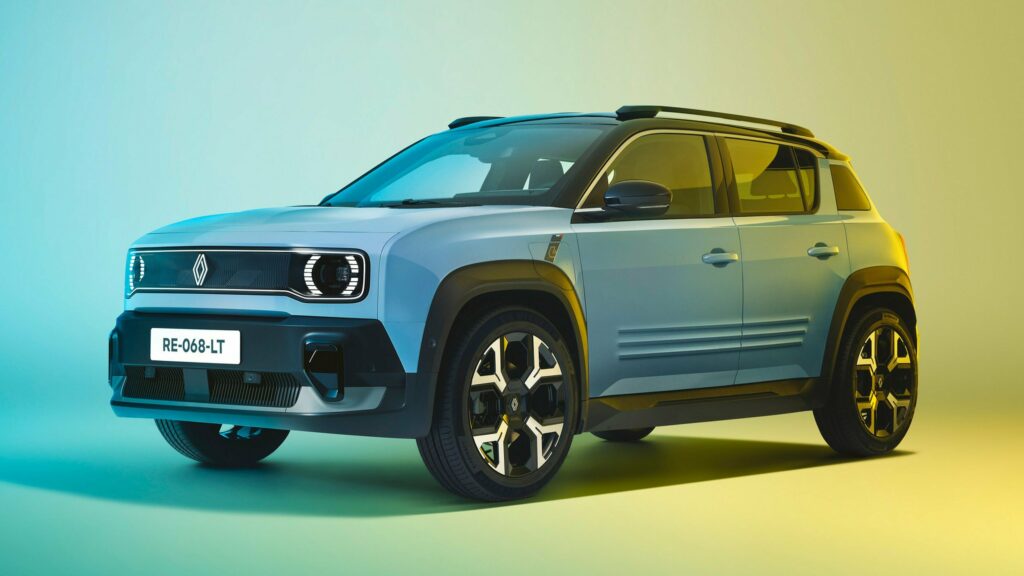These Future Supercars From Toyota And Lexus Share DNA But Not A Soul

- Toyota’s GR GT packs 641 hp and a V8 with driver-focused tuning.
- Lexus’ electric LFA successor shares its core structure with GR GT.
- GT3 race version previews Toyota’s return to top-tier competition.
After plenty of waiting, the new Toyota GR GT is here, and so is the return of the Lexus LFA. These two new Japanese supercars might not have shown up in all the ways we expected but one thing is clear: while they’re linked, they’ll have very different personalities from behind the wheel.
Now, a new in-depth video shows us just how Toyota and Lexus made each of their respective cars stand out from the other.
More: Toyota GR GT Looks Like A Batmobile And Hits Like A Supercar
Many might consider the GR GT to be a more faithful successor to the LFA. That’s due heavily to its hybrid V8 engine that makes some 641 horsepower (477 kW). That said, it’s clear that Toyota wasn’t trying to steal the LFA’s thunder when you take a quick look at the finer details.
That’s exactly what Top Gear just offered, with a detailed breakdown of both cars from nose to tail. The GR GT, in particular, leans hard into its driver-first philosophy. Its design is dominated by functional aero, from oversized intercooler openings to a rally-style hood vent that channels air up and over the windshield.
Much like the AMG GT or if we go further back in time, the Dodge Viper SRT and its derivatives, the GR GT has a lengthy hood, a small but highly functional cabin, and a squat, wide stance.
Presenter Tom Ford highlights how the driving position communicates intention. The seat height, digital gauge cluster, and steering wheel are all set up for optimal visibility. That’s key because the car has shift lights and vital information there.
The car only has four drive modes, custom, normal, sport, and track. The center control stack features physical buttons and switches. The cupholders are behind the occupants and in the middle because they’re not the focus here.
Of course, the track-only FIA-compliant GT3 race car version is even more extreme. It gets every bit of roll cage one might expect and then some. The cabin features almost zero creature comforts but what it lacks there it makes up for in naked carbon and switchgear. The spoiler at the rear is as wide as the car itself.
Then, there’s the LFA, and when we say it’s different, it’s not just because the V10 is gone in favor of all-electric propulsion. Ford points out that Lexus took full advantage of the EV powerplant, going as far as to design the exterior with it in mind. As such, the LFA gets almost none of the same venting and aero from the GR GT. It simply doesn’t need it.
The lines are more elegant. Take, for example, the hood where long strakes run from the top of the lights to the windshield. Instead of hard edges everywhere, the design is smoother with more compound curves.
That approach carries into the interior, which leans heavily on refinement. The split-cabin layout gives the driver their own space, while the controls are smaller and more delicate, matching the car’s calmer energy.
In short, these two sport models might have a lot of shared DNA, but there’s no doubt that they’ll drive quite differently. In fact, there’s little question that they’ll feel different for occupants even when they’re powered down.





















































